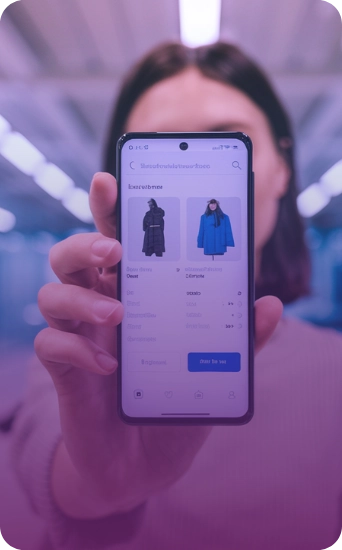The buzzword of the moment in the world of retail and e-commerce is unified commerce. But for this to become a concrete reality, it is essential to focus on another buzzword: unified marketing. This concept goes beyond simply integrating sales channels; it's about creating a complete ecosystem in which valuable data flows in real time between each point of contact with the customer, generating relevant, personalized and, above all, hyper-segmented journeys.
At the heart of this ecosystem is the ability to capture and consolidate data from different sources, both online and offline. Imagine that a customer visits your store's website and browses through various categories. At the same time, they interact with displays at the physical point of sale or scan a QR code to get more information about a product or to download rich content, such as a cookbook or self-machining course, via a landing page. All this data is automatically sent to the CDP (Customer Data Platform) within your CRM.
The importance of a robust CDP structure
For this, it is important to have a robust and synergistic CDP structure that captures data from various interactions, such as:
- Site navigation: products viewed, areas of greatest interest, search behavior.
- Physical interaction: using QR codes and interactive displays at the physical point of sale, the customer can continue their journey digitally.
- Loyalty programs and points: behavior within the loyalty program, their reward preferences and engagement with exclusive offers are fed into the CRM.
- Social media: social media interactions are also integrated into the CDP, capturing valuable insights into consumer engagement and interests.
All this data is collected, organized and used to feed a CRM platform, which distributes it intelligently.
Creating personalized journeys with CRM
With this data from different sources in hand, the next step is to create personalized journeys. CRM allows the creation of hyper-segmented audiences to feed Ad Managers and relationship rulers with targeted campaigns, both by email and through multiple media. In this way, clusters are created based on behaviors, preferences and interests demonstrated at all these points of contact.
These audiences can be impacted in a continuous and integrated way on platforms such as Google, programmatic media, dynamic e-commerce displays, social networks and even at the physical point of sale, ensuring that the consumer receives consistent messages throughout their journey. This means that, as well as maintaining personalized and relevant communication, you maximize the efficiency of your campaigns, reaching the right audience with the right message at the right time.
In today's scenario, where interactions with consumers take place across multiple channels, having an integrated data ecosystem is essential to delivering a unified and personalized shopping experience. Unified marketing ensures that each touchpoint is relevant and strategic, supporting customer decision-making and increasing the chances of conversion. In the end, all unified marketing feeds into unified commerce. By combining online and offline data, you create a cycle in which each consumer interaction strengthens the shopping experience, resulting in more fluid and impactful journeys.










